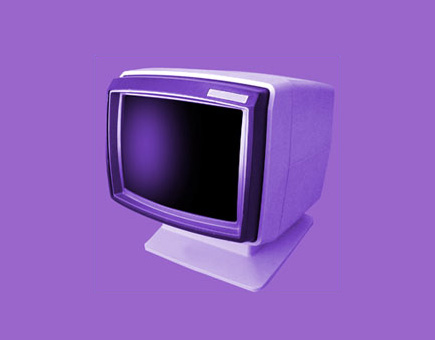When you hear terms such as 'IBM 3270 emulation' or 'Stratus emulation', you may balk. You know they have something to do with computers, but you probably haven't the foggiest idea beyond that. Well, allow us to explain. These are examples of terminal emulation software. It may sound obvious but, to put that simply, this software mimics or 'emulates' terminals.
But the Big Question Remains: What Is a Terminal?
That's where most people get confused, and justifiably so. You see, terminals hark back to a bygone era of computing. Yet the function that terminals perform is still extremely important in the modern computing landscape. In this article, we'll help demystify the computer terminal by explaining its role in the history of computers. With this information, you'll get a greater understanding of why terminal emulation is so crucial today.
The History of Terminals

As the years go by, there is a higher and higher percentage of the population that cannot remember a time before personal computers were around. PCs are so pervasive now that it's hard to imagine life without them. Yet it was only around 35 years ago that PCs were barely even conceived.
Back then, computing was done quite differently. For starters, only large corporations and organizations really had access to computers. The users connected to large, central computers that filled up huge, specially air-conditioned rooms. These mega computers were known as mainframes or, colloquially, 'big iron' - a nickname that may help convey their size, if you don't have a clear picture as yet.
To connect to these mainframes, the end user utilized terminals. A terminal was generally a cathode ray tube screen with a separate keyboard that allowed the user to enter big, green characters onto the screen. It was an interface that was much different from the powerful graphical interfaces we use on PCs today -- such as Microsoft Windows, for example. Really, all the terminals could do was send the user's key commands to the mainframe, and then display the mainframe's return output. No windows, no graphics, no mouse cursors, no flash. Just the bare bones of information.
So What Happened to Terminals?
These days, mainframes persist, but terminals are pretty much obsolete. They just weren't user-friendly enough; modern operating systems such as Microsoft Windows or Apple Snow Leopard quite literally left them for dead. Additionally, there were loads of different terminals made by different manufacturers and, as companies merged and looked to integrate their systems, they often found that they had acquired loads of incompatible terminals. This required capital output in order to replace them and, essentially, it was all just a bit too much bother. Terminals were done away with.
The problem is, these terminals are still absolutely necessary to harness the power of the mainframe, which is still as relevant today as it was in 1970. Terminals may have died, but the mainframe did not, and the two go hand in hand. As a result, terminal emulation software emerged as a solution. This software mimics the exact environment required to access a mainframe, but does so from a modern personal computer.
If you look around today, there is terminal emulation software for every platform. Whether you're looking for a Windows terminal emulator, an Apple terminal emulator or even a smartphone terminal emulator, the software will exist. Despite many predicting the death of the mainframe in the face of new technologies, it continues to thrive and, as a result, the role of terminal emulation will continue to be crucial.
